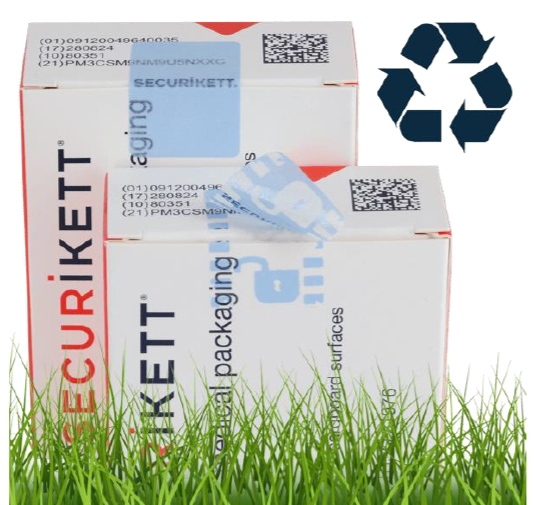Securikett’s research department has been working for a long time on the goal of being able to produce paper-based security seals with equivalent performance and security as the plastic-based security seals that have been more commonly produced up to now.
August 25, 2021

Securikett, an Austrian company specializing in digital and physical security systems for a broad spectrum of product sectors, is attracting attention with its invention of the new paper security seal.
Watch: Paper Mart Fortnightly News Roundup.
By using similar materials for product packaging, the recycling process is highly simplified. If packaging and closing labels are made out of the same material, the quality of the recycled raw material, and efficiency of the recycling process, is significantly enhanced. Paper packaging that is closed with paper-based security seals can be better integrated into the recycling process than paper packaging with plastic labels.
In all industries, green innovations have been continuously coming onto the market in recent years. When it comes to packaging including security closing mechanisms, there was one final hurdle to clear.
However, with the use of latest paper-based security seals and tapes, industries can not only package their products in a more tamper-proof way, but also make a sustainable contribution to environmental protection and avoid plastic.
The company produces these new paper VOID seals in various designs, sizes, and colors. The pulp material used by Securikett can be recycled together with folding cartons and complies with the new EU general circular economy package.
Also Read: DS Smith to Explore Use of Seaweed as Alternative Fiber Source for Paper and Packaging.
A switch to a new paper-based VOID seals and VOID tapes will therefore pay off for all businesses by eliminating the risk of non-compliance with material requirements of new regulations.



